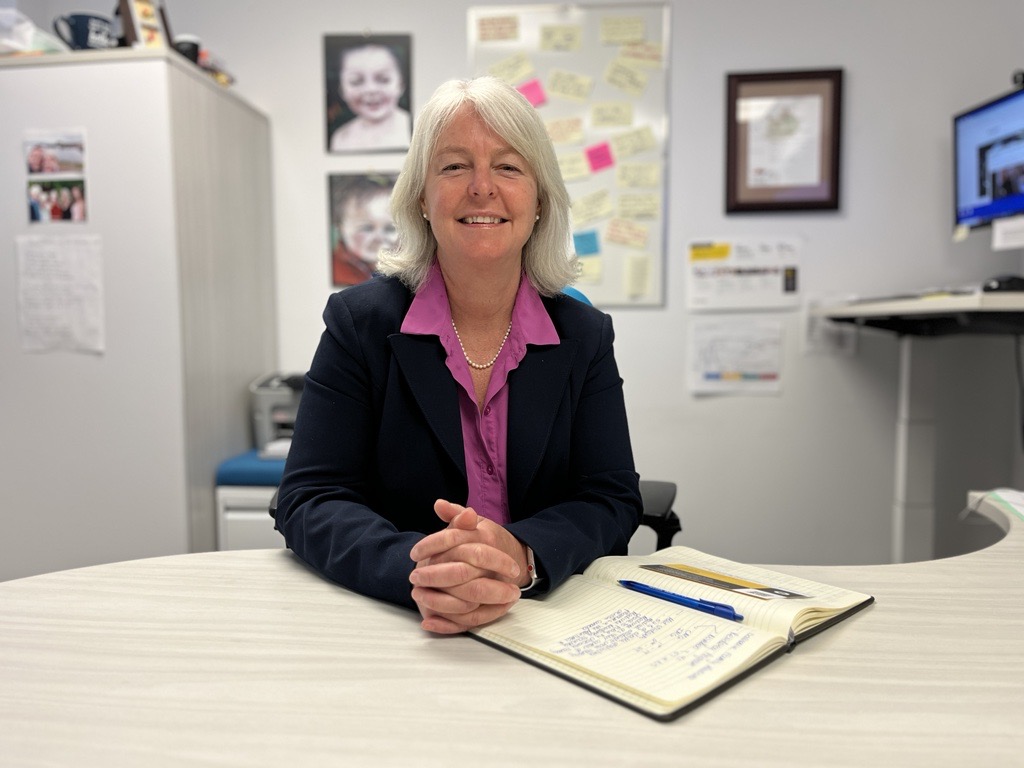More medical students are seeing a future in family medicine, according to new data shared by Dalhousie University.

With campuses in both Nova Scotia and New Brunswick, 52 per cent of this year’s graduating class matched to the specialty for their residency.
Dr. Katherine Stringer, the head of Dalhousie’s department of family medicine, says she’s proud of the result.
“When we look back to 2018, only 25 per cent of the graduating class chose family medicine. That’s obviously a concern because we need more family doctors as part of our health-care system,” she says.
Dal also filled its 91 family medicine residency training seats.
Stringer says over the last five years the school has been working to attract more undergraduates to the profession.
“We’ve really had a big push on ensuring family medicine is very visible within what we call our undergraduate medical education curriculum,” she explains. “So really ensuring that medical students are taught by family doctors, that they have exposure to family medicine clinics, that in every aspect that we can we promote the breadth and depth of family medicine.”

Get weekly health news
The data comes from the “Match” process held each spring in Canada. It’s where graduating students decide what kind of doctor they’ll become and learn where they’ll go for training.
The Saint John, N.B., site saw 15 of its 33 graduates match to family medicine.
Stringer believes Dalhousie is a leader in its results.
“We don’t actually have all that data from all the medical schools, but from my experience and from my knowledge across the country, I’d say it’s one of the highest,” she says.
Meantime, the education director of the Canadian Federation of Medical Students agrees that the ability to shadow a general practitioner is important to include during undergraduate study given the wide scope of practice.
The organization represents more than 8,000 medical students from 15 Canadian medical student societies across Canada.

“You can basically subspecialize in whatever you want. You can have your focus on mental health, you can have your focus on serving the pediatric population, so on and so forth,” Astha Burande says. “There’s a huge realm of possibilities. Having that exposure early on is extremely beneficial because it tells us exactly what family practice can be like.”
However, she says some students remain wary amid high caseloads and administrative burdens.
“There’s a trend towards work-life balance,” Burande says. “Looking at the way family medicine is structured currently, unfortunately, family doctors are overburdened, exhausted, and should be compensated more for the work they’re doing.”
According to the Canadian Resident Matching Service, 75 of 1,627 available family medicine positions went unfilled this year.
That’s down from 100 in 2023.









Comments